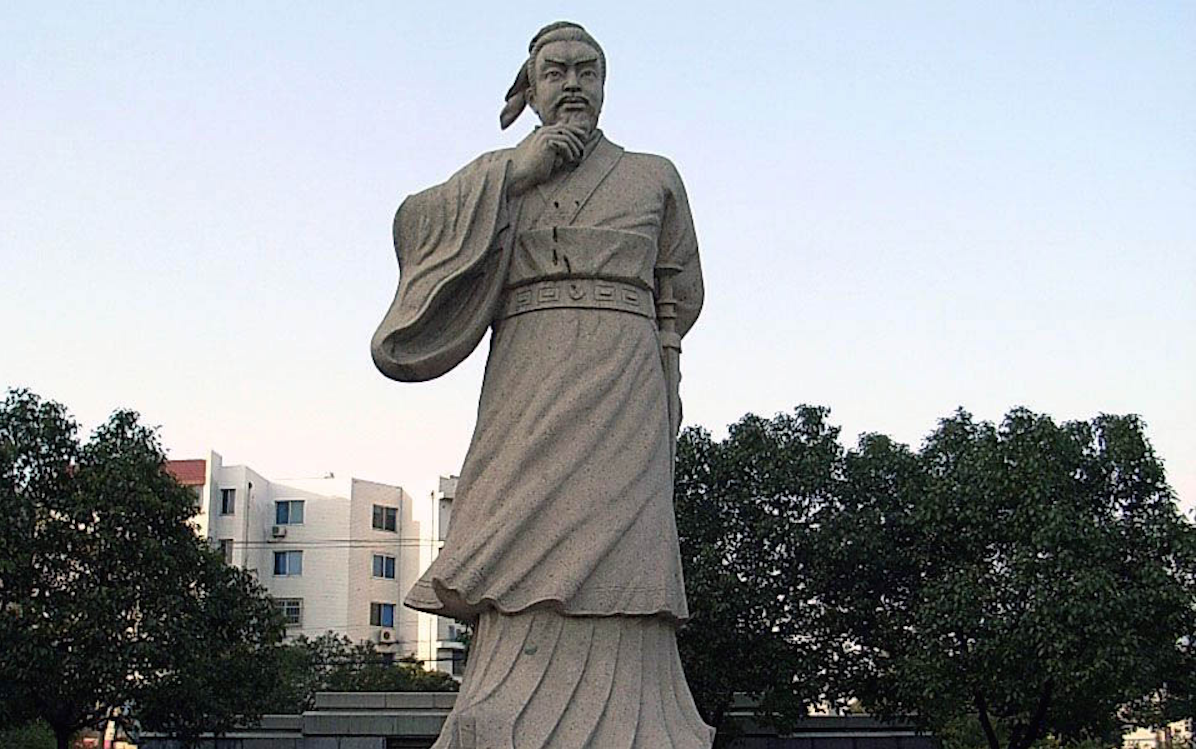You have probably heard of The Art of War. Maybe you have even read it. I did, a long time ago. As an oft quoted book in pop culture and academia, I figured I should get it straight from the horse’s mouth. In this case, the horse’s mouth is a debatable translation from ancient Chinese into English of a text whose author and date of authorship is also up for debate. But it is generally agreed the text was written by someone about 1500 years ago, give or take a century. Regardless, the copyright term has definitely expired, so I doubt the attribution to Sun Tzu is going to be subject of any meaningful litigation in the future.
So what does a dusty old Chinese text on actual warfare have to do with the esoteric field of trade-mark law? Well, a fair bit actually.
It is no secret that the ideas and core concepts in The Art of War have been adapted, by analogy, to entrepreneurship, negotiations, management, litigation and a host of other topics. Which makes sense. Fundamentally, war and conflict ultimately boil down to control and ownership of property. Concepts which are equally necessary for monetary success in modern society.
Like a piece of land, a building, or a machine, intellectual property, such as a trade-mark, is recognized in law as property. And just like all property, it can be attacked, defended and commercialized by those with the means and the will to do so.
Fortunately for me, the field of trade-marks is a largely bloodless sport. At least, in the literal sense. Its weapons and soldiers are ideas. Its officers and generals wield those ideas into an effective means of attack, defense and commercialization. All of which create defined, but ultimately intangible and mutable, boundaries of controllable property which an individual or corporation can own.
This intangibility adds another layer to the application of Sun Tzu’s text. Unlike traditional warfare, the intangibility of those boundaries and battlefields can themselves be continuously shaped and altered as needed by a trade-mark owner. When such properties come into conflict, this allows one to not only have some control over which ideas they rely upon to attack or defend with, but also have some control over the conditions of the battlefield itself, by favorably articulating how those boundaries should be defined.
I imagine Master Sun’s treatise would have contained an additional chapter or two, if he had been able to influence the weather, change the seasons or alter the terrain. But such things do become metaphorically possible when your soldiers, battlefield and boundaries are all intangible properties defined in the imaginations of the interested parties.
While the portrayal of trade-mark agents as professional psychic warriors may border on the fancifully absurd, it helps with our self-esteem. After all, it is a field that requires both logical and creative thinking. It can only help you to have a team of professionals in your corner who are suited to both.







Leave A Comment